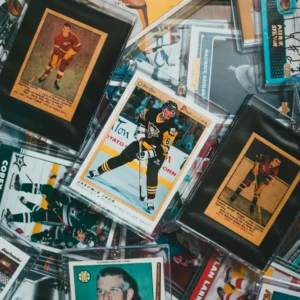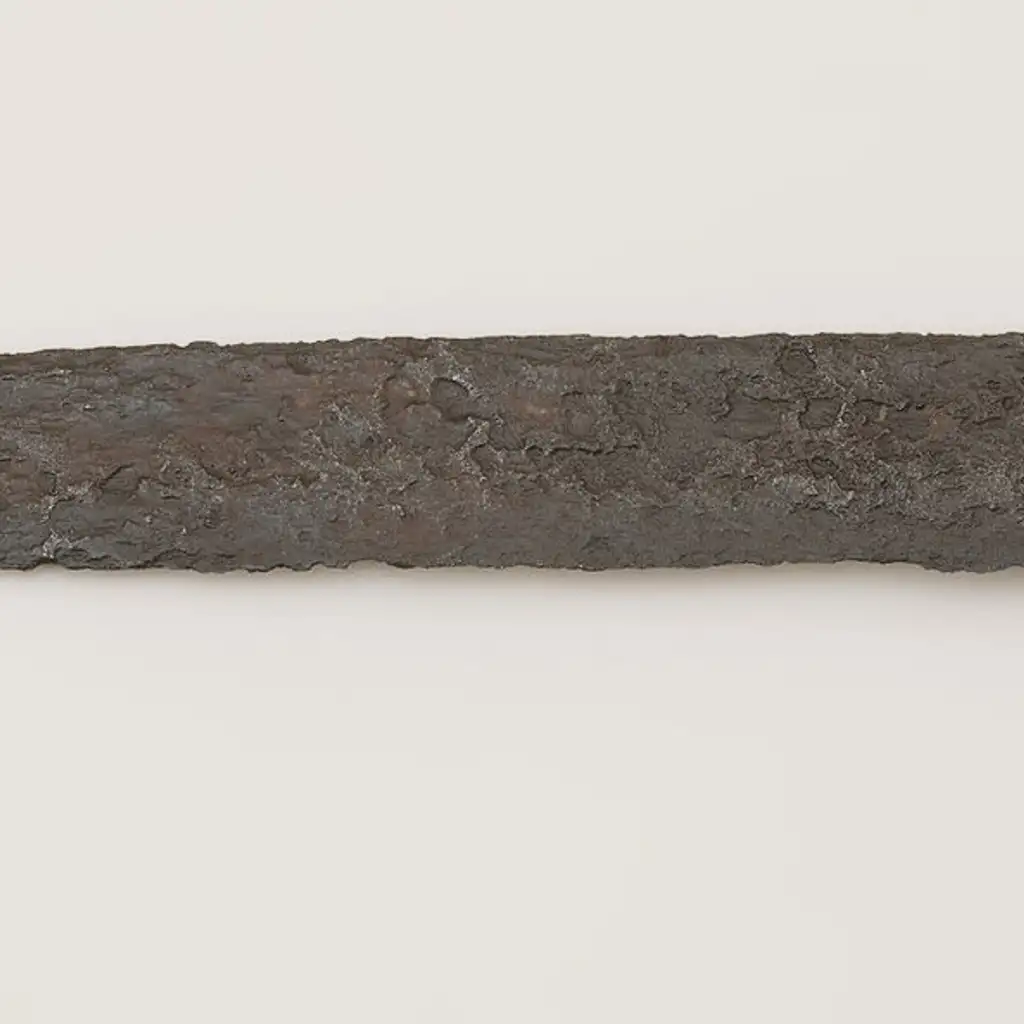Throughout the last year, I have rediscovered an old childhood passion — collecting baseball cards. This dive back into the hobby was largely driven by my seven-year-old son, George. George has played organized sports for several years, loves to play, and has always enjoyed watching games on TV. However, his newfound obsession with cards began in the spring when he asked to look at some cards that I had started collecting for him.
What started as a simple request to see the cards turned into George asking me questions about hitting and pitching stats, checking my fantasy baseball teams daily, and eagerly exploring the world of baseball cards. As he was in the middle of his spring baseball season, his interest in collecting cards grew. We bought a few new packs to get him started, but his true initiation into the world of baseball card collecting came when we broke a box of Topps Opening Day 2022 as a reward for his hard work in school.
By the time George’s seventh birthday rolled around in September, he had fully embraced the hobby of collecting baseball cards. Cards became one of his primary requests on his Christmas list, and witnessing his enthusiasm reignited my own childhood passion for collecting. Like George, my early exposure to fantasy baseball sparked my interest in card collecting. Back in the late 80s and early 90s when I collected cards, obtaining statistics and highlight reels required much more effort than a simple click on an iPhone. Baseball cards were our gateway to baseball knowledge, our own version of Baseball Reference.
As I delved deeper into the modern world of card collecting, I discovered a unique vocabulary associated with the hobby. Phrases like “rip,” “pull,” “break,” and “grading” took on new meanings in the context of card collecting. Opening a pack of cards became a “rip,” and the cards obtained from the packs were referred to as “pulls.” The concept of a “good pull” denoted acquiring a rare and valuable card from a pack. Live breaks, where individuals open boxes of cards on platforms like YouTube, have become a popular trend in the card collecting community.
Grading services such as PSA, BGS, SGC, and Beckett evaluate the condition of cards based on criteria like centering, corners, edges, and surface quality. Cards are assigned a grade on a scale of 1-10, with higher grades indicating better condition and potentially higher value. Understanding this grading system has been crucial in navigating the world of card collecting.
Further exploration into the hobby revealed terms like “raw,” “base cards,” “refractor,” “autograph cards,” and “numbered cards.” A raw card is one that has not undergone grading and is pulled directly from a pack. Base cards are the standard player cards found in packs, while refractors are unique cards with different colors and a shiny finish, making them more valuable. Autograph cards feature player signatures embedded on the card, adding to their rarity and appeal. Numbered cards, as the name suggests, have a specific quantity printed, with lower numbers typically holding higher value.
As I immersed myself in researching and studying these aspects of card collecting, I found myself drawn to resources like Sports Card Investor to stay updated on the latest trends and insights in the market. Understanding the depth of my son’s interest in cards prompted me to educate myself on the modern hobby and the evolving card market. Engaging in conversations with fellow collectors and enthusiasts has enriched my experience and deepened my appreciation for the world of baseball cards.








